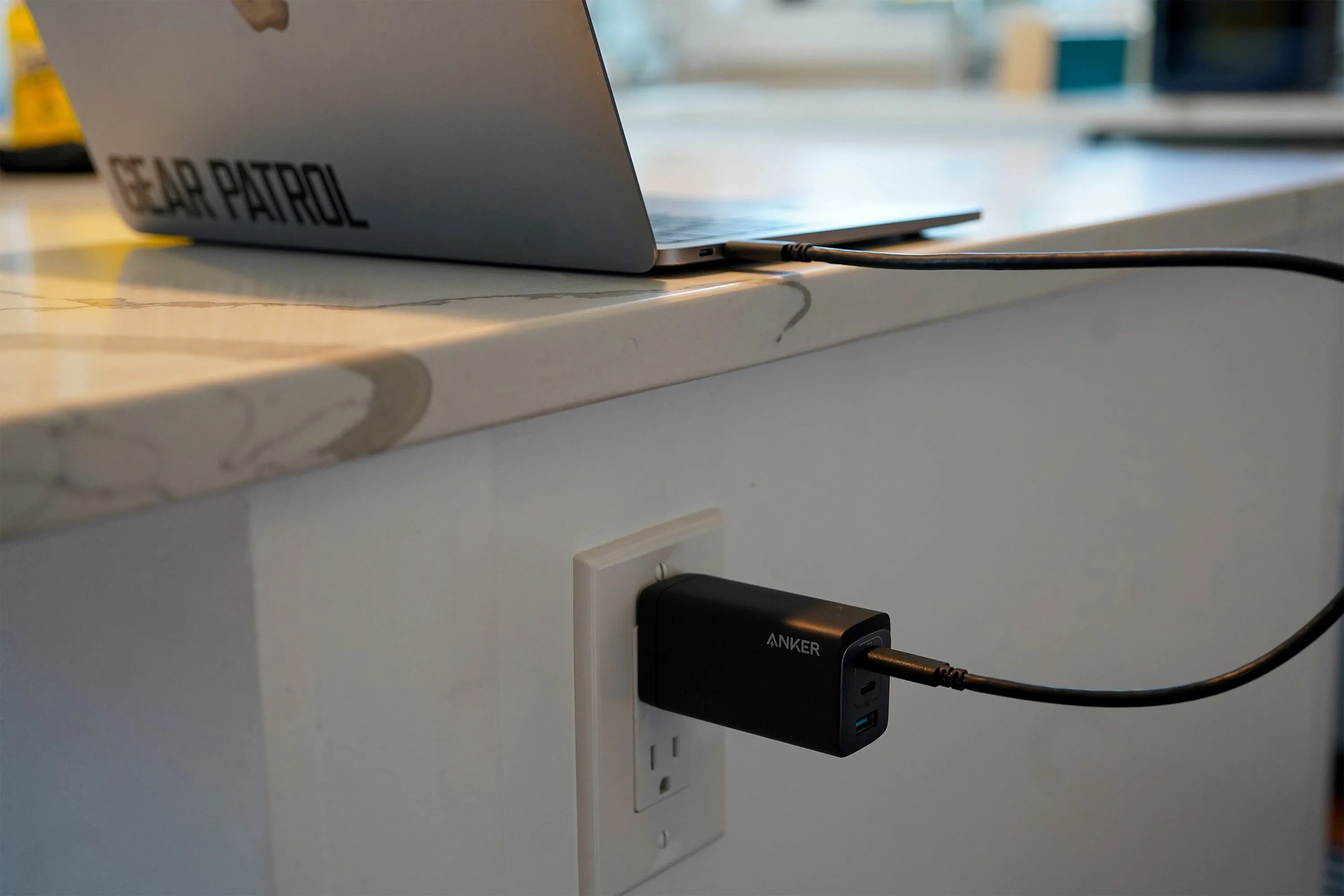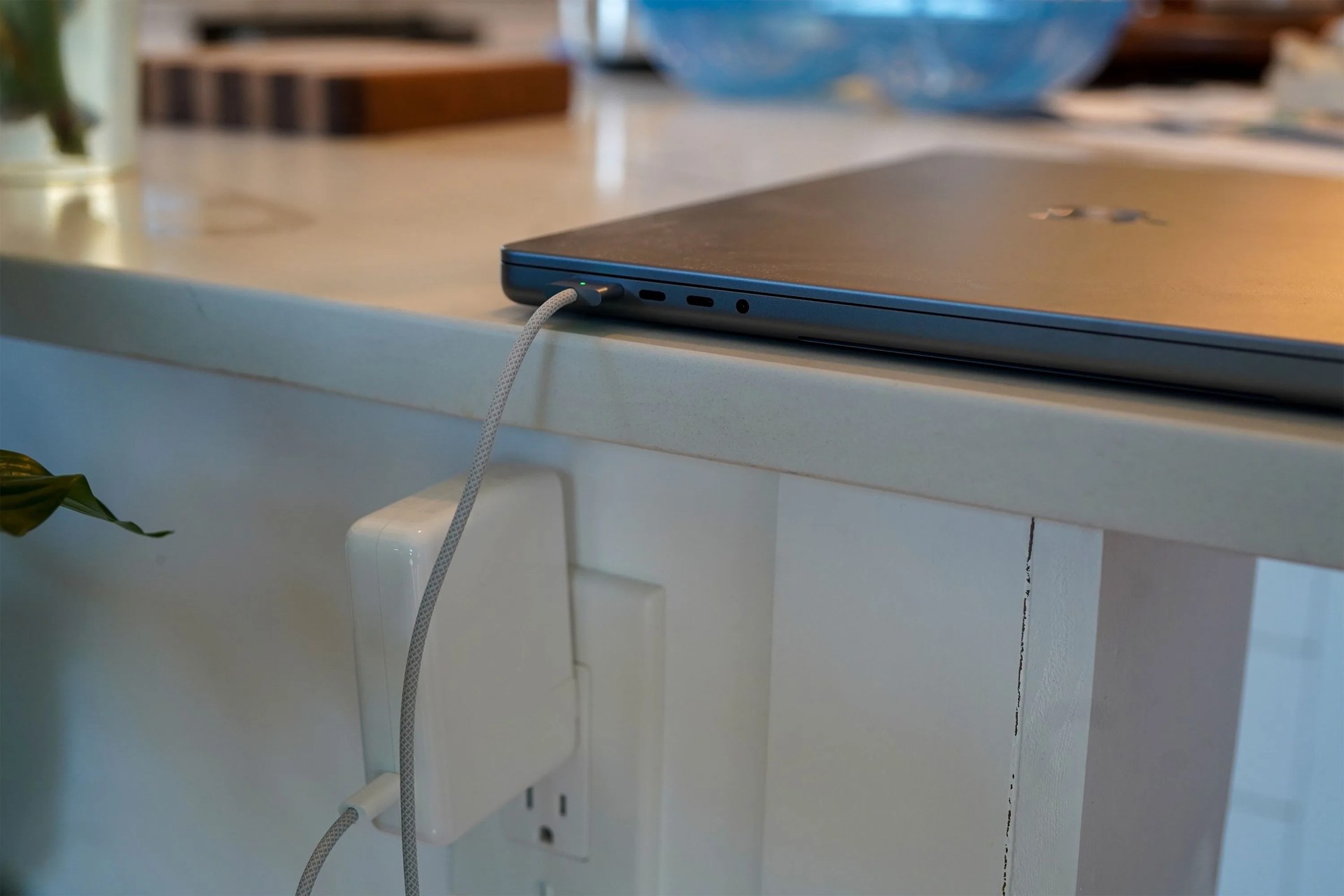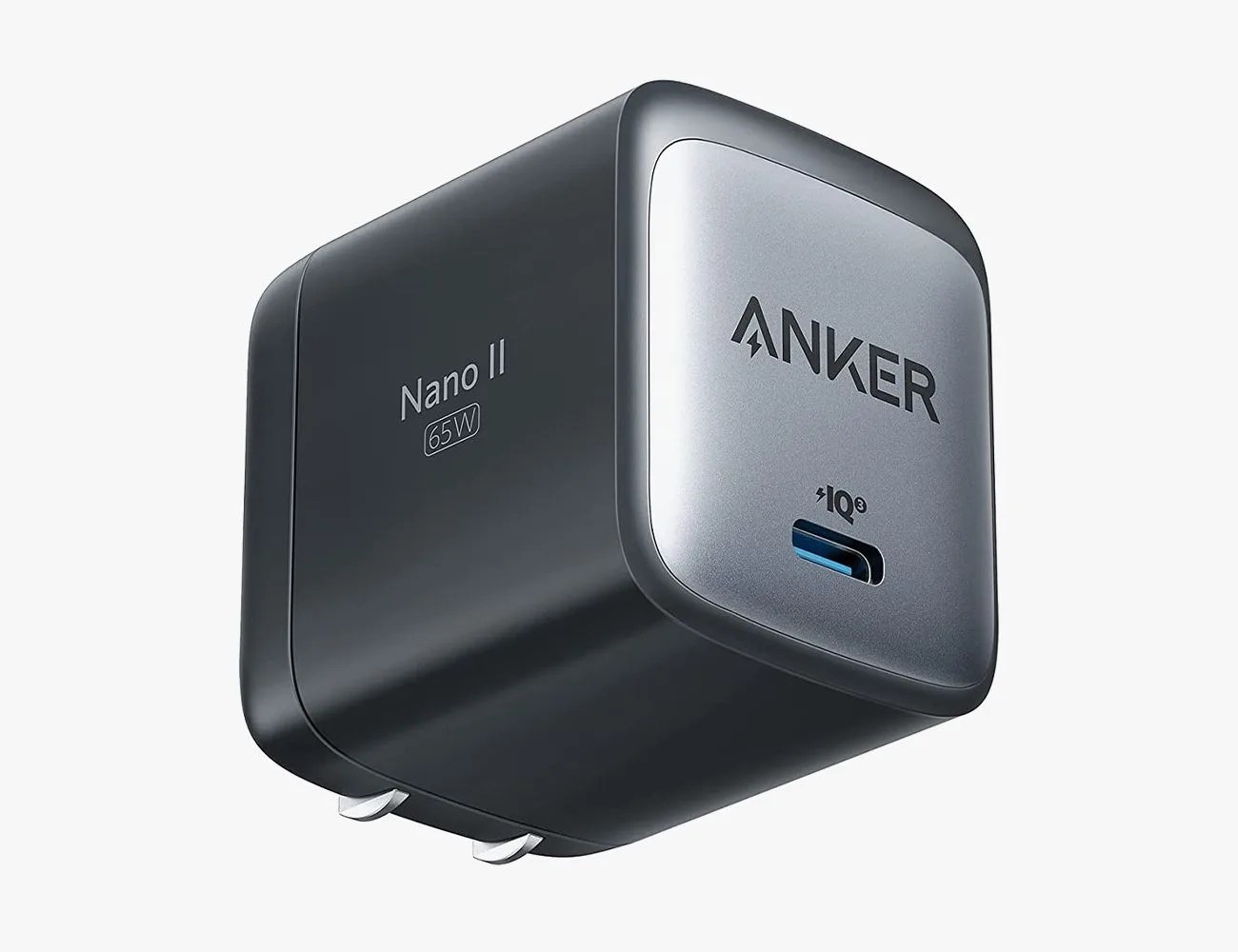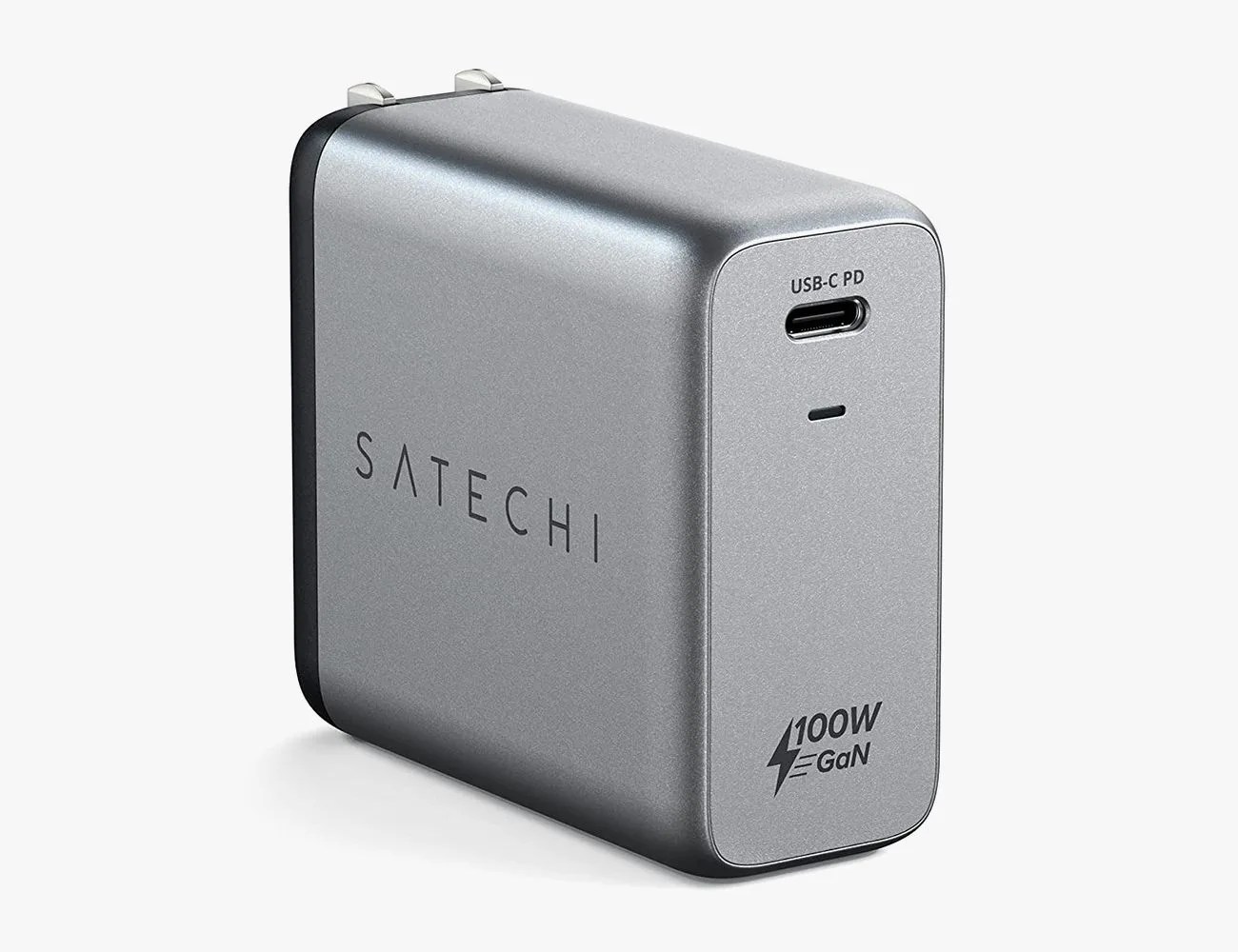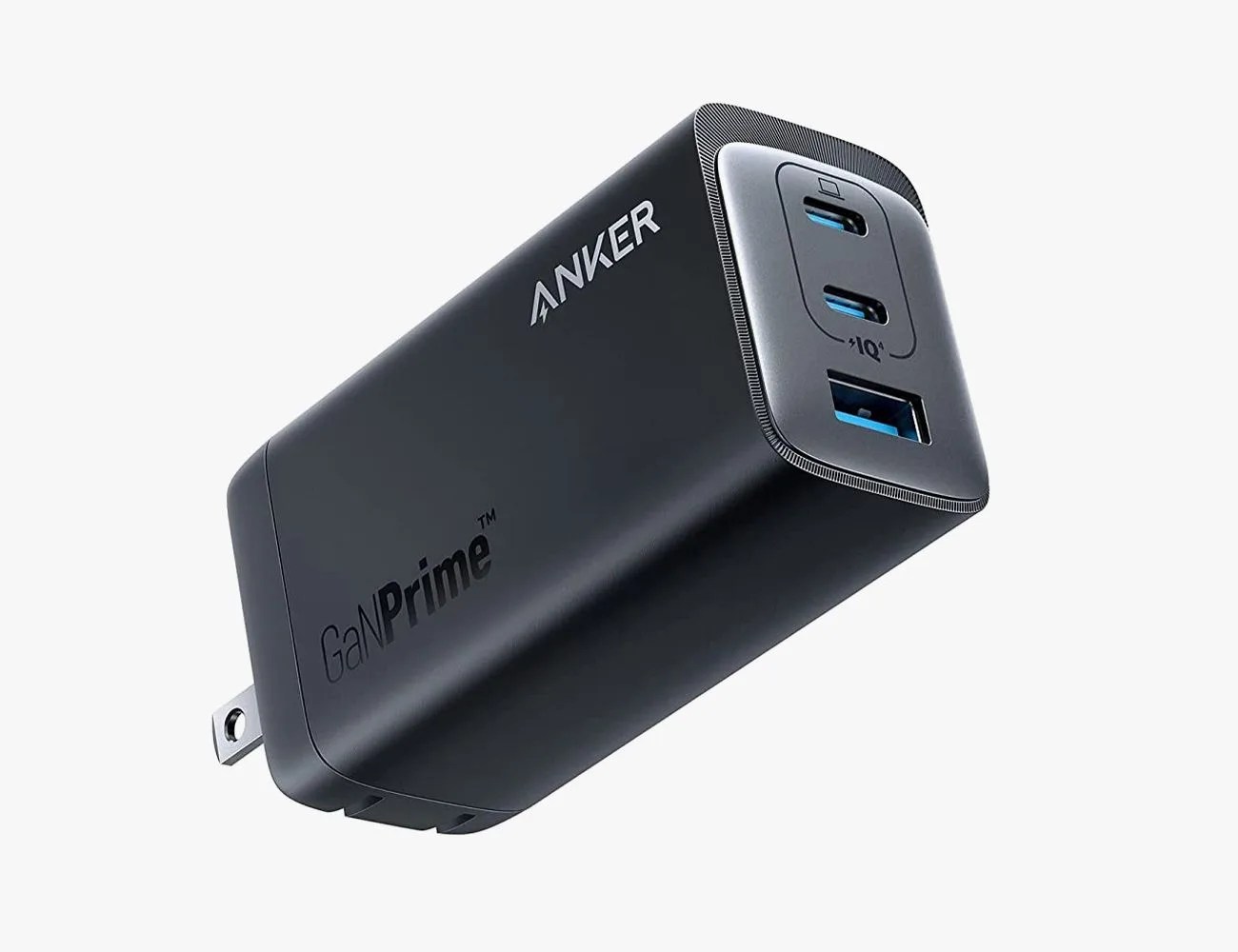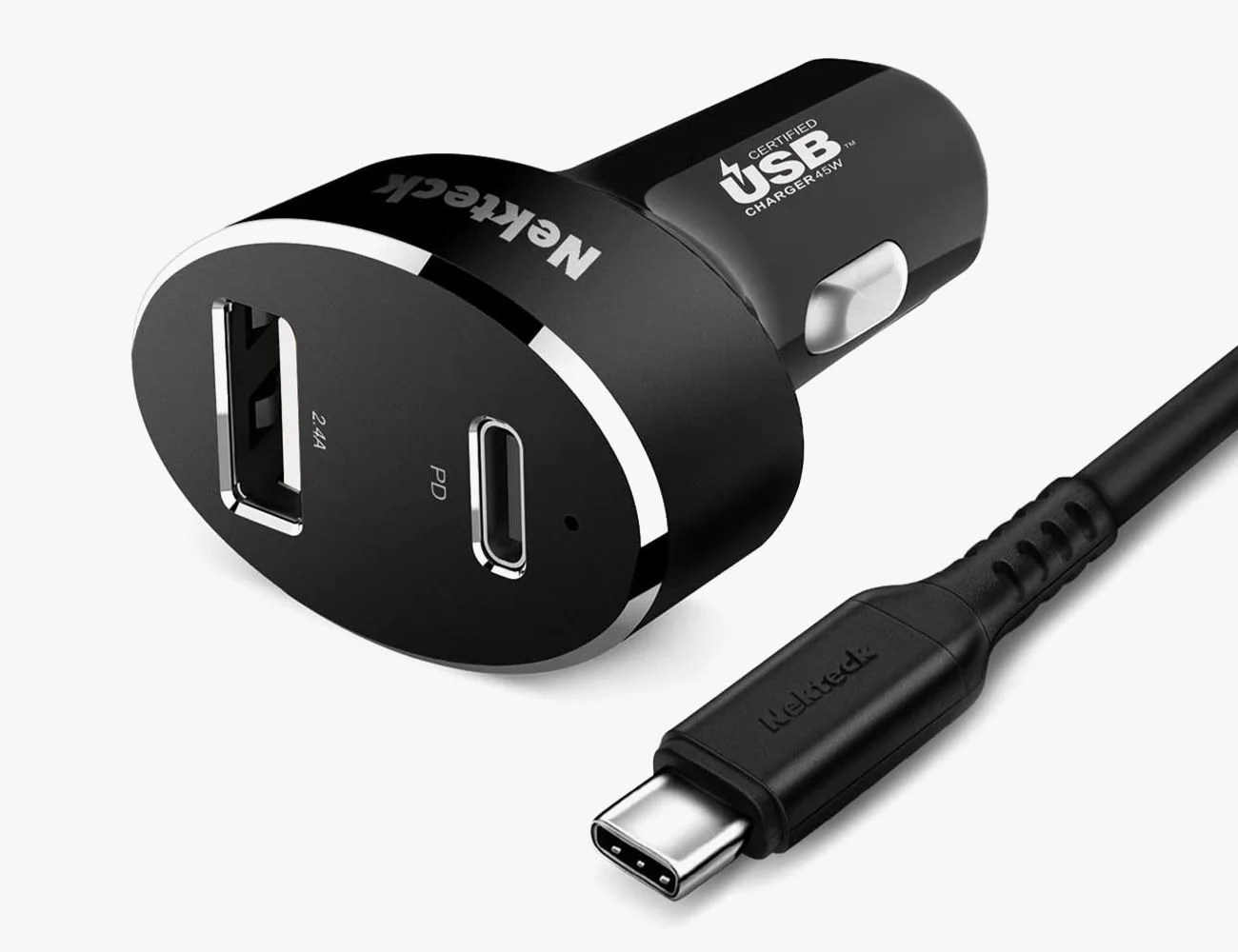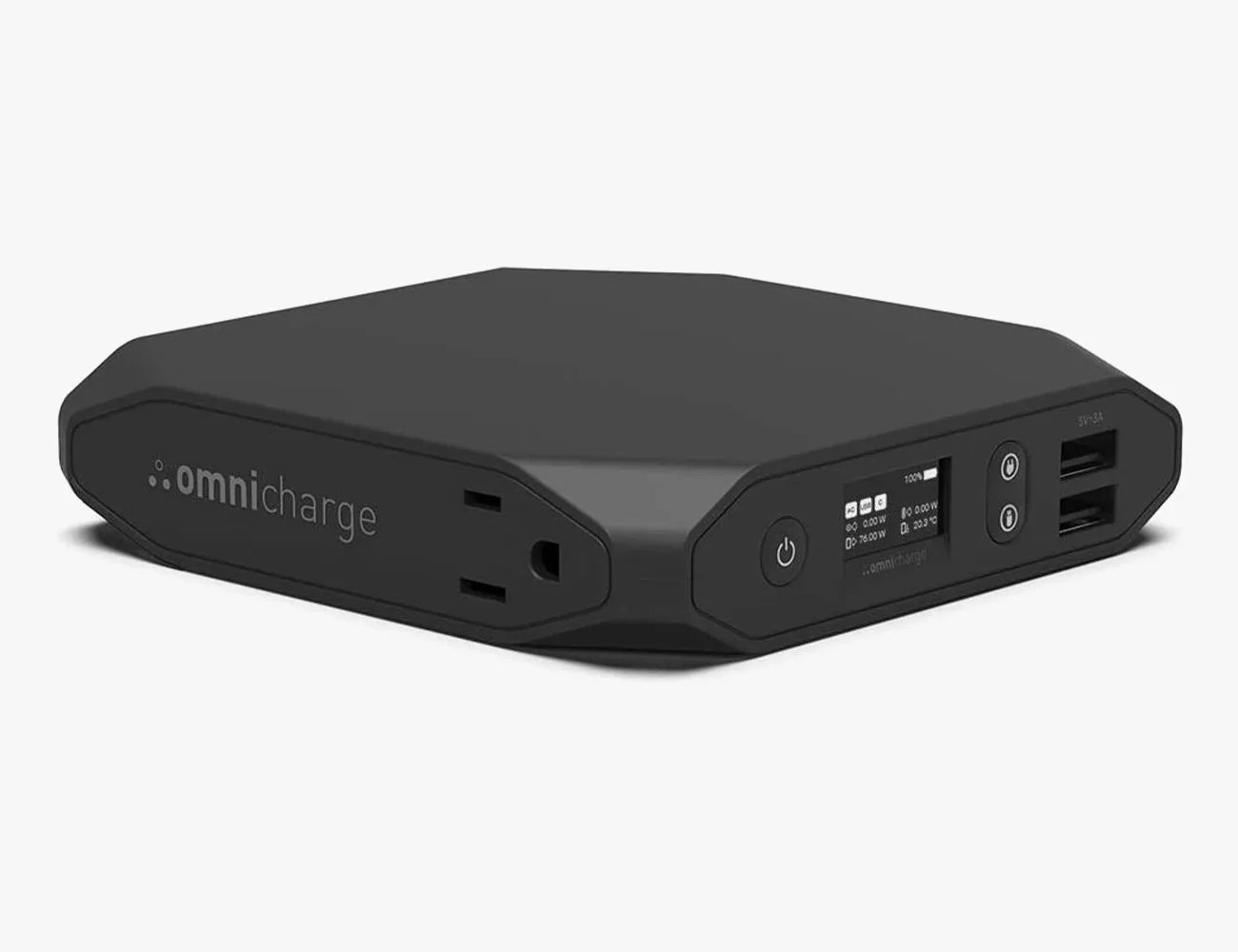Can this charge my laptop? It’s a common question for anybody who’s lost or misplaced their laptop charger and is frantically seeking an alternative. If you’re like most people in such a situation, you’re going to use any random charger with your MacBook, Windows laptop or even Chromebook, plug it in and hope it starts charging. Sometimes you get lucky. Sometimes not so much.
The good news is that we’re living in a day-and-age where basically every new laptop charges via USB-C — it doesn’t matter if it’s made by Apple, Dell, HP or Lenovo. The confusing part is that not every USB-C wall adapter is capable of delivering enough juice to charge your laptop.
Below, we’re answer some of your most common questions about laptop charging:
Is there a minimum wattage required to charge a laptop?
It depends. Typically, a wall adapter or portable charger has to output at least 29-watts or 31-watts to give a laptop more power than it consumes by just being on. This, of course, will vary depending on how intensive your power consumption is. For instance, if you have a larger laptop or your running heavy-duty programs, a 30-watt wall adapter might not be able to charge your laptop as fast as you’re draining it. A safe range for a wall adapter is between 45-watts and 96-watts — those will definitely be able to charge your laptop (with normal use).
What is Power Delivery (PD) and does the wall adapter need it?
Power Delivery (PD) is a charging standard that allows a charger to output higher currents and higher voltages, thus allowing you to charge your smartphone or laptop from 0% to 100% in a shorter time. And yes, PD is the only charging standard that can charge a laptop.
That said, just because a charger supports PD, doesn’t necessarily mean it can charge your laptop. PD technology can be integrated into many devices whose power outputs can range from 18-watts to 100-watts. For instance, Anker’s 18-watt Power Delivery charger and Aukey’s 18W PD Fast Charger are both designed to fast charge your smartphone, not your laptop.
